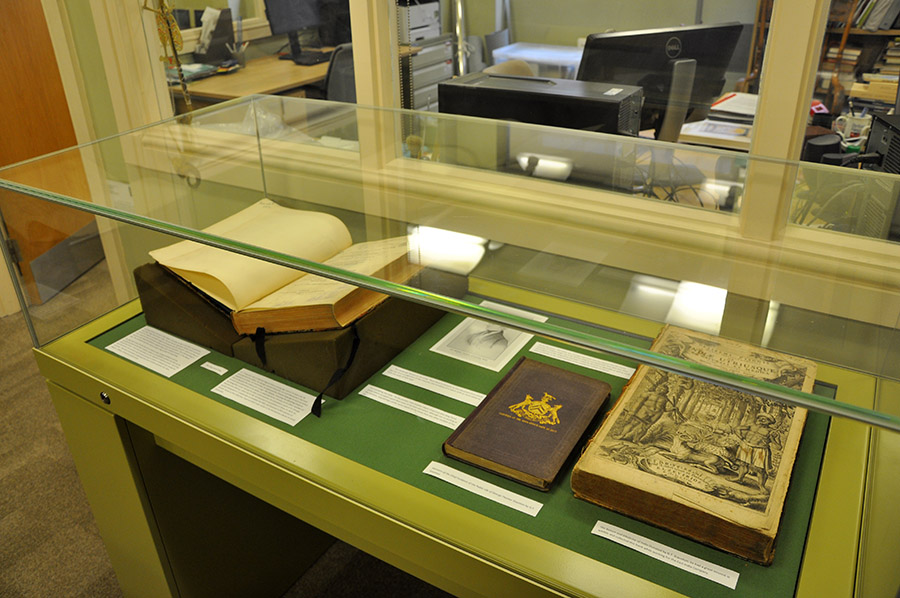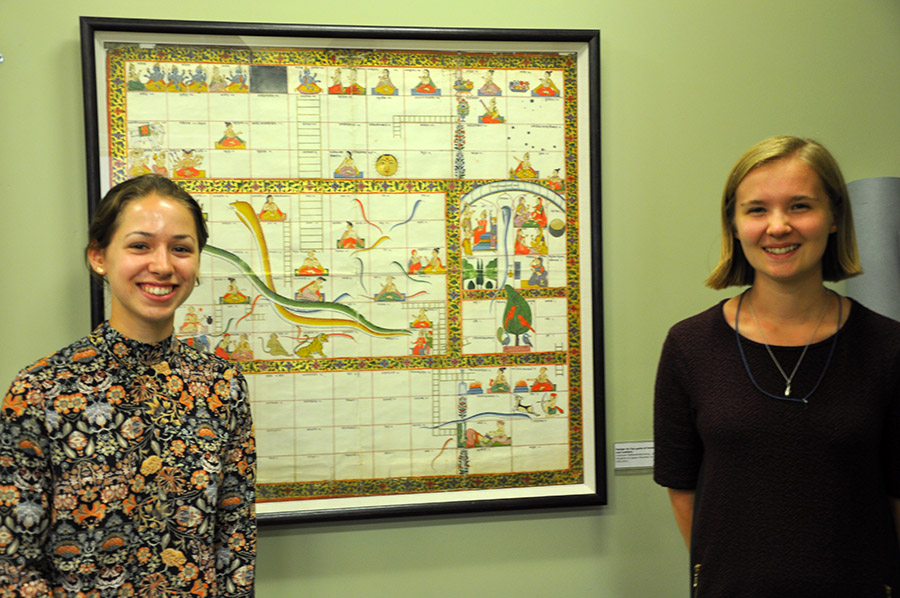Reflections on work experience at the RAS
We were very fortunate to have the opportunity to do a week of work experience at the RAS.
During the week, we researched and created a display on Sir George Thomas Staunton, one of the founders of the RAS. We were amazed at such a remarkable character – learning to speak and write Chinese at age 12, on board ship, is unprecedented. In his memoirs, we were surprised to find that he was not only talented in many respects – from his linguistic skill, to scientific fascination and being an MP – but that he also had a dry sense of humour. We, wrongly, didn’t expect a 19th Century baronet to make us laugh.

Furthermore, we enjoyed hearing about the bravery of Thomas Manning from librarian Ed Weech: about how he snuck into China through the Himalayas, despite the threat of death from officials. We have been in awe of the founders, and the history of the society.
It was great to see that the Society today is active with young researchers – we met lovely PhD students studying Iranian history and the British portrayal of Chinese landscapes in photography. It’s fantastic that the collection is still being updated and appreciated by scholars of all ages.
Millie has been studying Sanskrit for ten years and was able to utilise her skills in cataloguing rare Sanskrit pamphlets, which involved transliterating and deciphering 200 year old text. She enjoyed using her rarely-applicable ability to aid the expansion of the online catalogue, especially as one of the manuscripts – a Hindu calendar from the early 19th Century – may soon be exhibited due to its rarity and relevance to Indian science.
We indexed the Society’s journals from 1870 to 1880, and catalogued new review copies of academic books. It was interesting to see how academic literature has changed over 150 years: we felt that the old journals had a distinctly colonial and outsider perspective, with more anthropological studies of unfamiliar societies and archaeology (very visual data, with a sense of uncovering mysteries for the first time). By contrast, the modern texts were often written by scholars from the East talking about their own cultures, and included a lot more women! They were also more political and analytical, as would be expected with the new wealth of data in the modern age. This shows how academia has changed, after the initial travellers opened up and globalised the world, and now the stage has been set for an international discourse on history.
We also helped on manual projects, with archivist Nancy Charley teaching us how to preserve photo collections, by cleaning the borders and making bespoke envelopes to store them in. The photos we cleaned were mysterious: an ornate Indian temple, and landscapes and portraits of raw, rural Georgia. One of our favourites was a photo of an orthodox priest with a striking expression, standing in front of a church that looked as old as rock. While looking at other collections, we experienced how hard it can be to make sense of photos, because there is limited provenance and commentary.
We’re extremely grateful for the generosity and wisdom of Ed Weech, Nancy Charley and the RAS. This week has given us a great appreciation for the significance of its history and the important work that the society continues to do.
By Millie Morrissey and Rose Johnson

